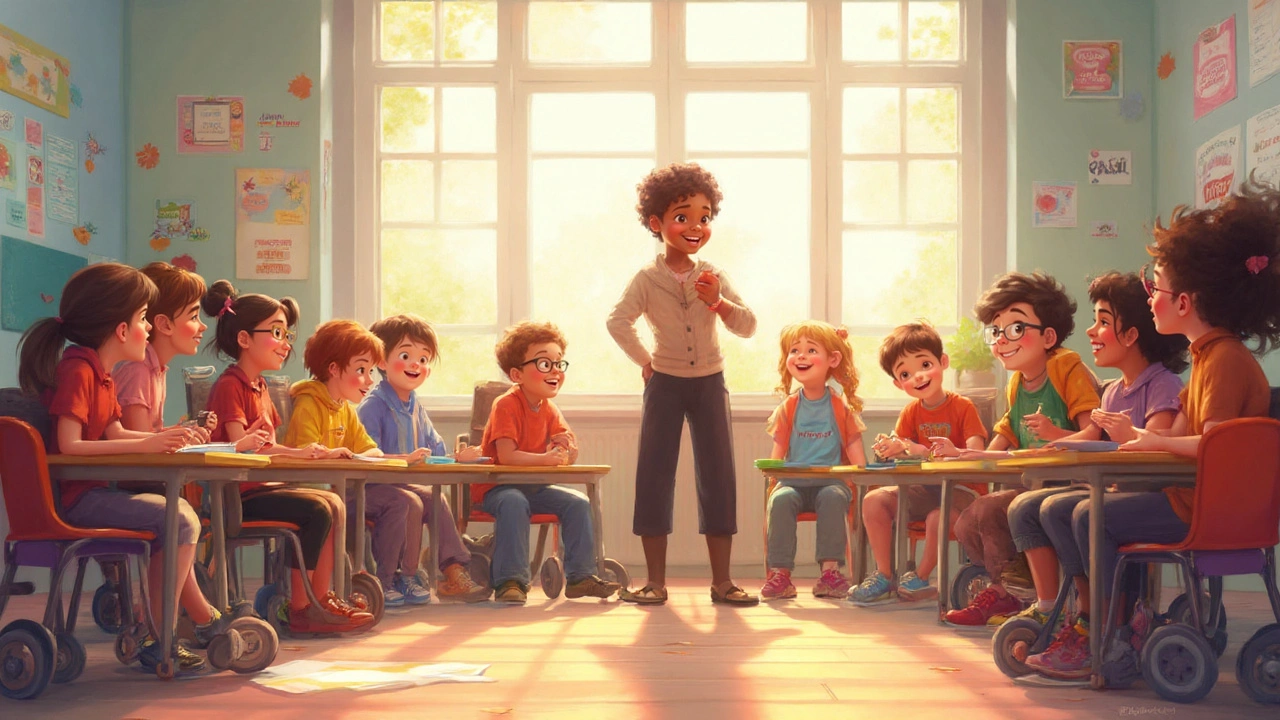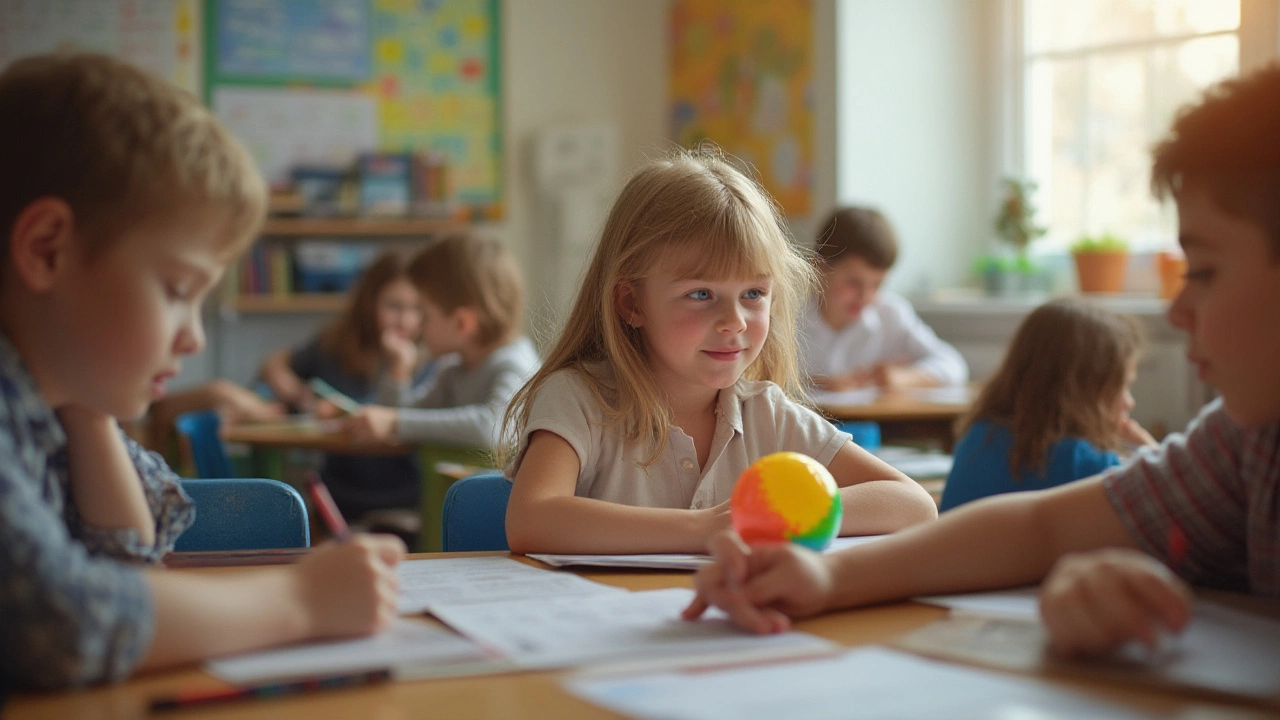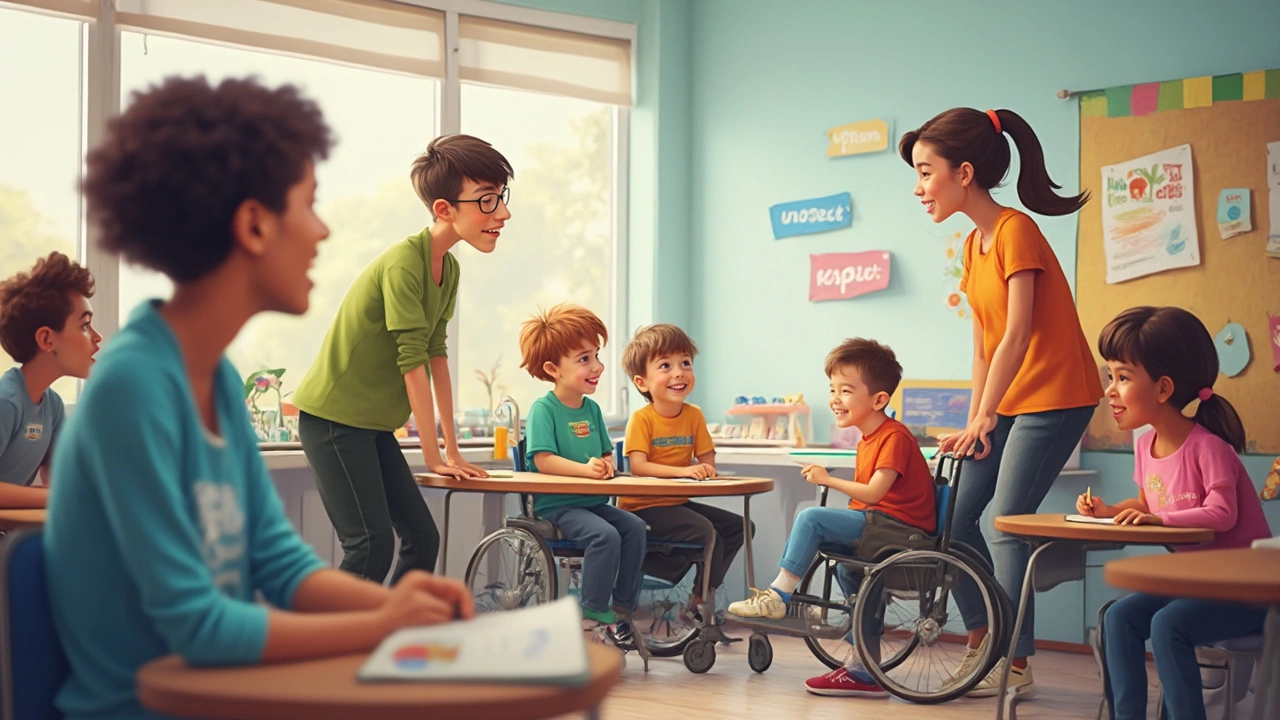Category: Special Needs Education
-
3
- 0
Discover the most polite and up-to-date terms for special needs in education and society. Learn how language shapes respect and inclusion in 2025. Read more
-
31
- 0
Explore the most common special educational needs, including autism, ADHD, and dyslexia. Understand what they look like and how to support students best. Read more
-
27
- 0
Learning disabilities don't define intelligence. See how people can be smart, successful, and creative—with ADHD, dyslexia, and more. Explore facts, support, and tips. Read more
-
26
- 0
Explore the 12 key signs of Asperger's syndrome, how they show up in daily life, and discover helpful tips for understanding and support. Read more
-
26
- 0
Wondering which learning disability pops up the most in classrooms? Dyslexia leads the pack, affecting reading, writing, and sometimes spelling. This article digs into what dyslexia really looks like, how you can spot early signs, and what families or teachers can do to help. Expect real-life tips and facts that smooth everyday challenges for students. Get a clear view on navigating school life with dyslexia. Read more
-
18
- 0
Do kids in special education programs have the chance to succeed? This article crushes old assumptions and brings you down-to-earth facts, practical ideas, and inspiring real-life examples. Discover what works, what gets in the way, and how parents and teachers can help kids with learning differences find their own version of success. Straight talk, busting myths, and hands-on tips—nothing sugarcoated. If you care about special education, you're in the right place. Read more
-
18
- 0
The term 'special needs' has quietly slipped out of daily use, but many people still wonder why. This article looks at how changing language can shape attitudes toward disability in education. You'll learn where the term came from, why it's being replaced, and what words are actually more respectful and accurate. There are real tips for teachers and parents who want to be more inclusive. If you've ever hesitated about what term to use, you're not alone—and this article clears things up. Read more
-
30
- 0
Understanding different types of disabilities is key to providing appropriate support in education. This long-read article explores 14 distinct types, offering practical insights to help educators and caregivers tailor their approaches. From physical impairments to cognitive challenges, each type presents unique needs and potential ways to foster learning and engagement. Read more
-
26
- 0
Attention Deficit Hyperactivity Disorder (ADHD) is often misunderstood and its classification as a learning disability is debated. This article delves into what ADHD is and how it affects learning. Recognizing the distinctions and overlaps between ADHD and learning disabilities is crucial for effective educational strategies. By exploring misconceptions and offering practical tips, parents and educators can better support those with ADHD in academic settings. Read more
-
15
- 0
Raising a special needs child comes with its own set of challenges and rewards. It's a journey filled with learning curves, patience, and understanding. Parents often face a unique daily routine, from juggling therapies to advocating for school accommodations. This article explores strategies that can ease the path for parents while promoting the child's growth and development. Read more
-
21
- 0
Special needs syndromes refer to various conditions that require tailored educational approaches. Understanding these syndromes helps provide better support and resources for individuals with unique learning challenges. This article explores the basics, offers practical tips for educators and parents, and highlights the importance of inclusive education. Whether you're a teacher, a parent, or simply curious, this read is packed with insightful information tailored for making a real difference. Read more
-
12
- 0
Handling children with special needs requires understanding, patience, and tailored strategies. This article provides essential insights and actionable tips for both educators and parents. From identifying individual needs to implementing effective teaching methods, discover ways to create a supportive learning environment. Learn about the significance of collaboration among educators, parents, and specialists in fostering a thriving educational experience. Read more
Tags Weight
- education
- study tips
- adult education
- exam preparation
- online courses
- adult learning
- lifelong learning
- distance learning
- GCSE revision
- online education
- private tutoring
- special needs education
- scholarships
- remote learning
- scholarship tips
- financial aid
- international students
- effective learning
- e-learning
- education funding












